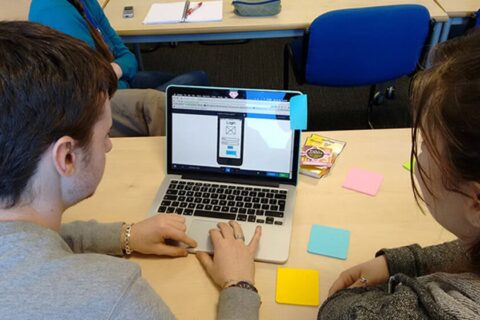
Vulnerable people are individuals or groups who face a higher risk of experiencing negative outcomes or difficulties due to various factors, such as socio-economic status, personal circumstances, or systemic disadvantages. Vulnerability can manifest in different ways, and it’s important to recognize and address the needs of these individuals to ensure their well-being and equitable treatment. Here are some common categories of vulnerable people and their descriptions:
- Elderly Individuals:
- Elderly people, especially those living alone or in care facilities, can be vulnerable due to physical frailty, limited mobility, health issues, and isolation.
- Children and Youth:
- Children and youth, especially those from low-income families or unstable households, may be vulnerable to abuse, neglect, lack of educational opportunities, and inadequate healthcare.
- People with Disabilities:
- Individuals with physical, sensory, intellectual, or developmental disabilities can be vulnerable due to barriers to accessibility, discrimination, and limited access to services and opportunities.
- Migrants and Refugees:
- Migrants and refugees, particularly those who have been displaced due to conflict, persecution, or economic hardship, may face challenges in adapting to new cultures, accessing services, and achieving social and economic stability.
- Homeless Individuals:
- Homeless individuals lack stable housing and may struggle with accessing healthcare, finding employment, and meeting basic needs. They often face increased risks of physical and mental health issues.
- People Experiencing Poverty:
- People living in poverty can experience vulnerability due to lack of access to quality education, healthcare, housing, and employment opportunities. Poverty can lead to cycles of disadvantage.
- Victims of Domestic Violence:
- Individuals experiencing domestic violence may be vulnerable due to their dependence on their abusers, fear of retaliation, and limited resources to escape abusive situations.
- People with Mental Health Issues:
- Individuals with mental health challenges can face stigma, limited access to mental healthcare, and difficulties in managing daily life activities.
- LGBTQ+ Individuals:
- LGBTQ+ individuals may experience vulnerability due to discrimination, harassment, and lack of legal protections in certain regions. They may also face mental health disparities.
- Economically Marginalized Groups:
- Some ethnic and racial minorities, indigenous communities, and marginalized groups face higher levels of poverty, discrimination, and lack of access to resources.
- Single Parents:
- Single parents, particularly single mothers, can be vulnerable due to economic stress, limited support networks, and challenges in balancing work and caregiving responsibilities.
- Survivors of Human Trafficking:
- Individuals who have survived human trafficking may be vulnerable due to trauma, ongoing threats, and difficulties in rebuilding their lives.
It’s important to approach vulnerable populations with empathy, respect, and a commitment to addressing their specific needs and challenges. Efforts to provide support, resources, and equal opportunities can help reduce their vulnerability and promote greater equity and inclusivity in society



